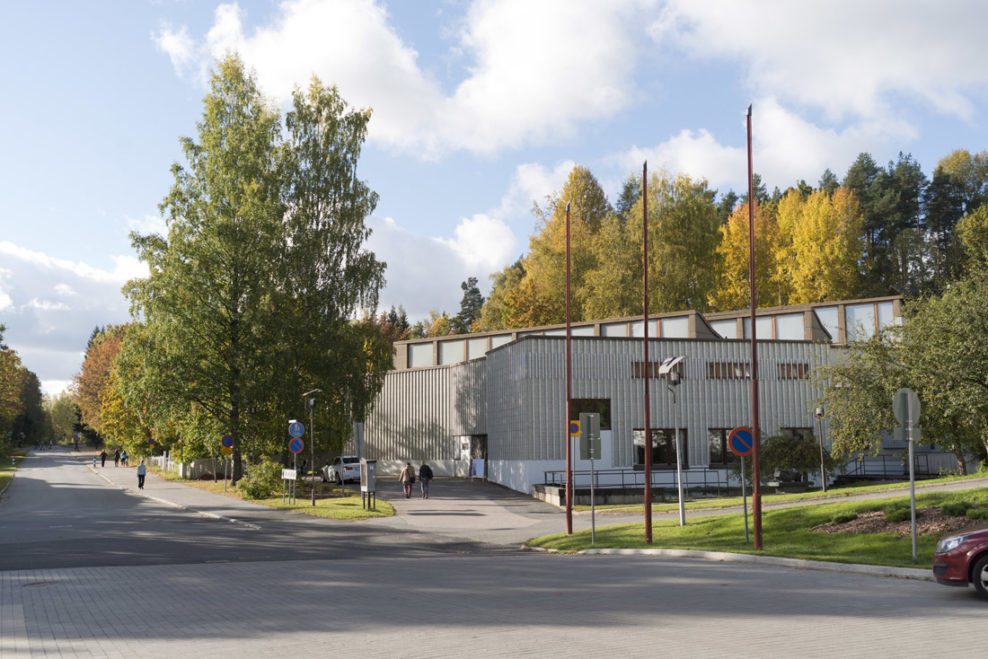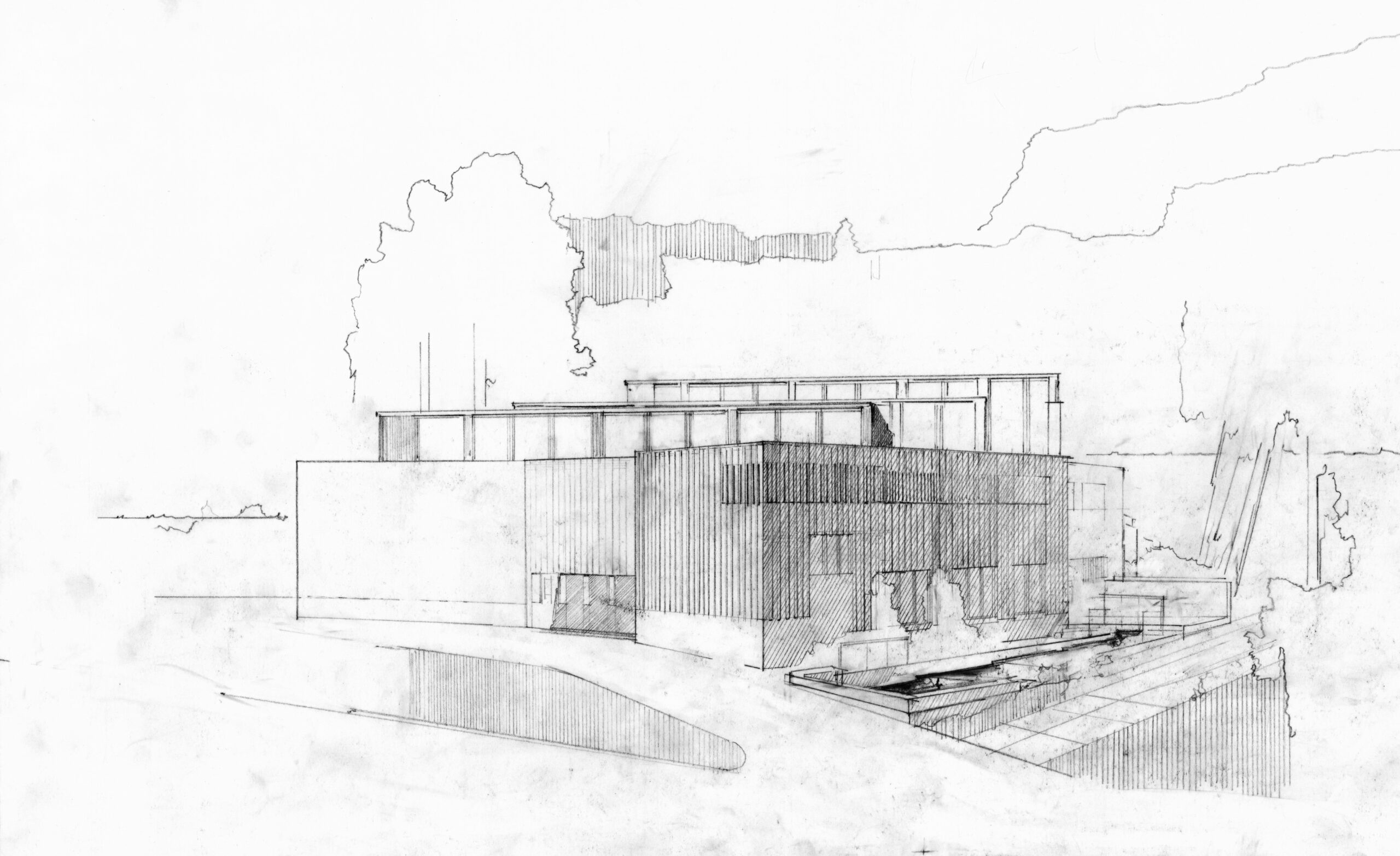
Location
Alvar Aalto Museum
Alvar Aallon katu 7
Jyväskylä
Alvar Aalto Museum is open as part of the new Aalto2 Museum Centre.
Read more
19. 8.
Monday
20. 8.
Tuesday
21. 8.
Wednesday
22. 8.
Thursday
23. 8.
Friday
30. 8.
Friday
31. 8.
Saturday
2. 9.
Monday
3. 9.
Tuesday
4. 9.
Wednesday
5. 9.
Thursday
6. 9.
Friday
7. 9.
Saturday
1. 10.
Tuesday
2. 10.
Wednesday
3. 10.
Thursday
4. 10.
Friday
5. 10.
Saturday
6. 10.
Sunday
7. 10.
Monday
8. 10.
Tuesday
9. 10.
Wednesday
10. 10.
Thursday
11. 10.
Friday
12. 10.
Saturday
13. 10.
Sunday
14. 10.
Monday
15. 10.
Tuesday
16. 10.
Wednesday
17. 10.
Thursday
18. 10.
Friday
19. 10.
Saturday
20. 10.
Sunday
21. 10.
Monday
22. 10.
Tuesday
23. 10.
Wednesday
24. 10.
Thursday
25. 10.
Friday
26. 10.
Saturday
27. 10.
Sunday
28. 10.
Monday
29. 10.
Tuesday
30. 10.
Wednesday
31. 10.
Thursday
1. 11.
Friday
2. 11.
Saturday
3. 11.
Sunday
4. 11.
Monday
5. 11.
Tuesday
6. 11.
Wednesday
7. 11.
Thursday
8. 11.
Friday
9. 11.
Saturday
10. 11.
Sunday

This year marks the 50th anniversary of the completion of the architect Alvar Aalto’s eponymous museum, which he designed himself. The Alvar Aalto Museum was officially inaugurated on 9.9.1973 with Alvar and Elissa Aalto present. To mark the anniversary, a miniature exhibition on the history of the Museum has been assembled in the lounge. Visitors are also welcome to take an experiential theme tour: The Alvar Aalto Museum building is 50! (in Finnish) at 13:00–14:00 on Saturday 9.9.
By the late 1950s, cultural circles in Jyväskylä were voicing hopes of having an art institution in the city. They also expressed interest in the possibility of displaying the work of “the city’s own son”, Academician Alvar Aalto. The project, which turned into an art museum, gained momentum on the initiative of the Museum Association established to promote the project. This led to the founding of the Alvar Aalto Museum in 1966.
The Art Museum – initially in temporary premises – soon needed a new, purpose-built museum building. The Museum Association, led by its primus motor, Professor Päivö Oksala, approached Alvar Aalto, who gladly took on the task. But Aalto did not want the forthcoming museum to be dedicated solely to his own works, and hoped it would become a joint forum for all art disciplines, and made this a condition for accepting the design task.
The site chosen for the construction of the Museum was on a slope in the area called Ruusupuisto (Rose Park), an old stream bed beside the Lempipuro brook. The choice of setting came naturally, as Alvar Aalto had designed the Museum of Central Finland building on the adjacent plot ten years before (1959–61). The Museum’s design brief included exhibition galleries, lobby areas, a lecture hall, library and café, as well as the necessary office, storeroom and technical facilities. State funding also required that a studio space for Jyväskylä Artists’ Association be included in the brief. The plan already allowed for the later expansion of the two museums, and even envisioned the possibility of connecting the museum buildings together.
Aalto said that he approached the design of museum bearing his name “con amore”, with great love. The design was meticulous and the final outline of the museum building took shape after several drawing stages. The size of the building also had to be reduced a couple of times for reasons of cost. Preserving and displaying the Collection of the Ester and Jalo Sihtola Fine Arts Foundation to be housed in the Museum also required special consideration. In Aalto’s office, architect Heikki Tarkka was responsible for the project. The final set of main drawings was dated June 1972 and the building’s foundation stone was laid, in the presence of Alvar and Elissa Aalto, on 30.9.1972.
The museum building is a complete work of art created by Alvar Aalto, in which the characteristic elements of his architecture – human scale, close connection with nature, rich use of form and material, and the precise, painstaking finishing of the details – are clearly evident. The façade cladding is made with Arabia’s Halla (frost) tiles and enlivened by baton-shaped ceramic tiles designed by Aalto. Natural light filters into the exhibition spaces through high roof windows, to give an indirect side light.
The new Museum building was opened to the public on 1.8.1973. The formal inauguration ceremony was on 9.9.1973, naturally with Alvar Aalto himself as keynote speaker. It is now 50 years since 9.9.2023!
Further information:
Alvar Aalto Foundation
Senior Chief Curator Katariina Pakoma
+358 400 849 315
katariina.pakoma@alvaraalto.fi
Communications Manager Mirkka Vidgrén
+358 40 168 5142
mirkka.vidgren@alvaraalto.fi
This year marks the 125th anniversary of the birth of Alvar Aalto (1898−1976). The architects and pioneers of modern design Alvar, Aino and Elissa Aalto made an exceptionally rich and varied career for themselves in Finland and abroad. During the year, the Alvar Aalto Foundation – along with its partners in collaboration – will be putting the spotlight on the story of Alvar Aalto’s architect’s office (1923−1994) and on the ideas that influenced its work; ideas that are still relevant today.